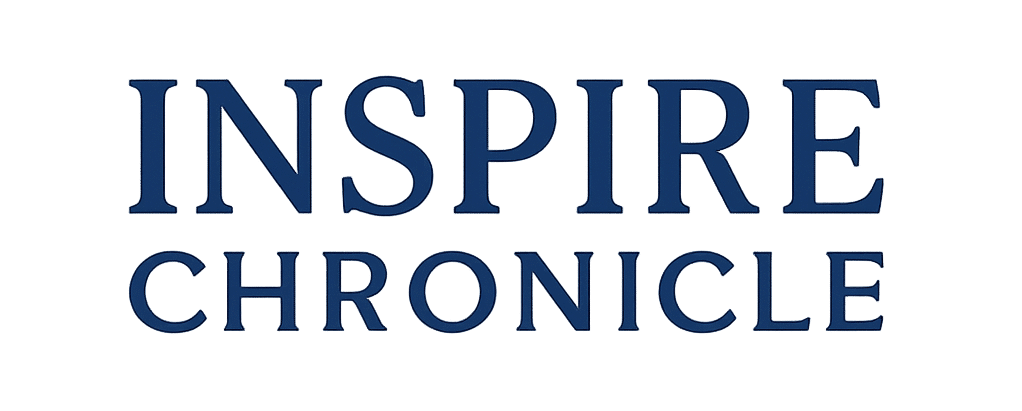Step-by-Step Guide to Using Ear Observation for Health Monitoring
- Prepare Your Environment
- Find a quiet, well-lit space with a mirror.
- Clean your ears gently with a warm, damp cloth to remove surface dirt or earwax.
- Observe the Appearance of Your Ears
- Use a hand mirror or a smartphone camera to closely examine your ears.
- Check for discoloration, swelling, rashes, or unusual textures.
- Compare both ears; asymmetry might indicate a localized issue.
- Assess Ear Sensitivity
- Gently press and massage different parts of the ear, such as the earlobe, helix, and tragus.
- Note any pain, tenderness, or unusual sensations.
- Understand the Ear Map
- Familiarize yourself with the ear reflexology chart, which connects ear points to body systems:
- Lobes: Head and brain
- Upper ear: Shoulders and arms
- Middle ear: Digestive system and internal organs
- Inner ear: Spine and back
- Pay attention to corresponding areas if you notice pain or changes in the ear.
- Familiarize yourself with the ear reflexology chart, which connects ear points to body systems:
- Perform Regular Ear Massage
- Use your fingers to gently massage the outer ear, moving from the lobe upward.
- Apply light pressure to specific points for 1-2 minutes daily.
- This practice can stimulate circulation and potentially alleviate stress or discomfort in connected body areas.
- Monitor Changes Over Time
- Keep a journal of your observations, noting any recurring issues or new developments.
- Compare your findings to your overall health, paying attention to any correlations.
- Seek Professional Guidance
- Consult an auriculotherapist or a healthcare professional for a deeper analysis if you suspect a health issue.
- They can use specialized tools, like ear acupuncture needles or diagnostic equipment, to provide insights and treatment.
Benefits of Ear Observation and Care
- Early Detection
Subtle changes in your ears may help you detect potential health issues before they become severe. - Improved Circulation
Regular ear massage can promote better blood flow, enhancing overall ear and body health. - Stress Relief
Stimulating ear reflex points can reduce stress and improve relaxation, benefiting mental health. - Complementary to Other Practices
Ear observation can supplement traditional medical checkups, offering a holistic view of health.
Conclusion
Our ears are more than just sensory organs; they provide a window into our health. By observing, massaging, and understanding their connection to the rest of the body, we can use them as a tool to maintain wellness. While this method is not a substitute for professional medical advice, it can empower us to be proactive about our health. Start paying attention to your ears today—you might be surprised by what they reveal!

